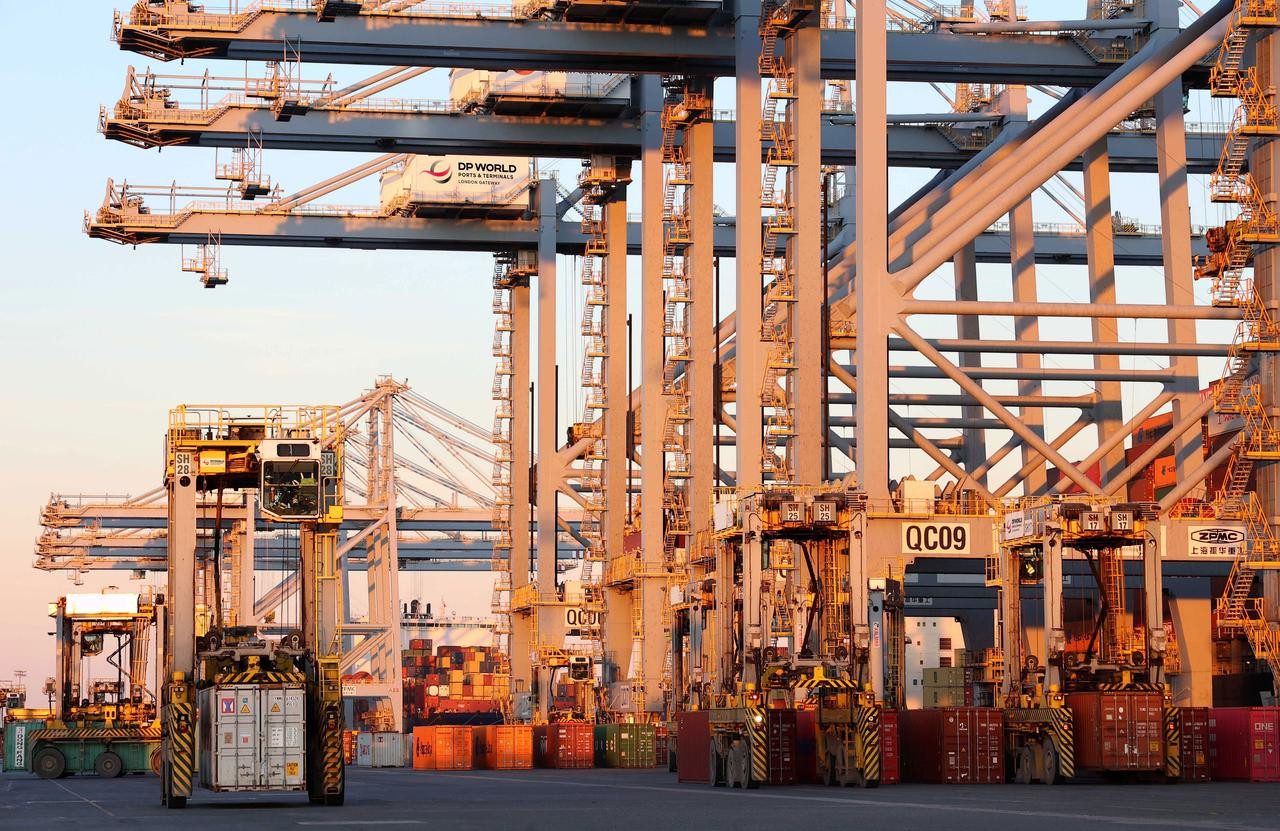By Julian Lee (Bloomberg) Russia’s crude oil exports, a key source of revenue for Vladimir Putin’s regime, are showing no signs that they are starting to crumble amid the disappearance of European buyers.
Shipments in the seven days to April 8 continued a rebound that began the previous week, after consistently falling since Russia’s Feb. 24 invasion of Ukraine. That’s according to Bloomberg News’s first tracker of all crude leaving the country’s export terminals on ocean-going tankers.
Weekly shipments hit almost 4 million barrels a day in the first full week of April, the highest level seen so far this year. That was up by almost one quarter over the previous week.
And the same pattern holds for the export duty revenues that the Russian state receives on overseas shipments. In the week to April 8, they jumped back to equal their highest level this year, after falling in each of the two previous weeks.
Boosted by a combination of higher export volumes and an increase in the duty payable per barrel in April, the Kremlin earned an estimated $230 million from seaborne crude exports in the week to April 8, based on calculations of the amount payable on each cargo that left Russian ports that week.
But while overall export volumes are shrugging off import bans and self-sanctioning, there is one area where a clear impact is already being seen — the distances that cargoes are being shipped to find willing buyers.
European oil majors including Shell Plc and TotalEnergies SE, which normally run tanker loads of Russian crudes through their refineries every week, have said they will stop buying out of revulsion over the war in Ukraine. The U.S. has stopped buying all Russian oil and the U.K. will follow suit by the end of the year. The early data suggest it’s having an impact.
At the same time, there are signs traders are starting to work on ways to get more crude to Asia, where buyers are willing to take advantage of big discounts on Russian oil. Increasing numbers of Very Large Crude Carriers, supertankers able to carry two million barrels, are loading Russian crude from smaller ships in the Mediterranean Sea and elsewhere.
Before the war, Russia was the world’s second-largest oil exporter, behind Saudi Arabia, shipping almost 5 million barrels of crude oil every day with a spot-market value of more than $500 million. Some of that crude is delivered by pipeline directly to refineries in Europe and China, but about 60% moves by sea. In the coming months, we plan to systematically track the flow of seaborne crude from Russia, providing week-by-week insight into how the war is affecting those flows, and showing the impact on Russia’s petro-reliant economy.
Disappearing Markets
Traditional markets in Northwest Europe for Russia’s Baltic Sea exports are disappearing fast, as buyers self-sanction Moscow’s crude. Half of the ships loading at the northwest Russian ports of Primorsk and Ust-Luga last week are either heading to Asia, or not showing final destinations. Most of that second group are signaling destinations such as Gibraltar or Malta, suggesting that they may either be heading to Asia via the Suez Canal or to conduct ship-to-ship transfers in the Mediterranean (see below).
The Mediterranean is starting to become a preferred location for transfers of cargoes of Russian crude from smaller vessels onto giant intercontinental supertankers for shipment to Asia.
Exports from the Black Sea terminal at Novorossiysk soared in the past week, surging to just under 800,000 barrels a day, more than three times the volume shipped in the previous week, when a backlog of vessels waiting to load built up off the port.
Most shipments from Novorossiysk are staying within the Mediterranean region, which includes the Black Sea ports of Bulgaria and Romania, where three of the seven cargoes have discharged.
Of 21 Urals cargoes loaded from Primorsk, Ust-Luga and Novorossiysk in the week to April 8, six are heading to India, four have unknown destinations and the remainder look set to deliver their cargoes within Europe, according to their destination signals.
Shipments from the Arctic port of Murmansk are still finding outlets in northwest Europe, with all three cargoes that loaded in the week to April 8 heading either to Rotterdam in the Netherlands or Wilhelmshaven in Germany, according to their destination signals.
Shipments from Russia’s three Pacific Ocean terminals, dominated by exports of ESPO crude from Kzmino, are almost all now heading to China, with only occasional cargoes going elsewhere.
Perhaps the biggest initial impact of the import bans and self-sanctioning of Russian crude is to be seen in the very long and unusual journeys that some cargoes are beginning to make.
Cargoes are being transferred from the ships that call at Russian terminals onto much bigger vessels in order to benefit from economies of scale on the long voyages to China and India. A supertanker, known in industry speak as a Very Large Crude Carrier, or VLCC, can be used to accumulate the cargoes from three smaller vessels, known as Aframaxes, that often load west Russian barrels.
Vitol Group, the world’s biggest independent oil trader, booked a supertanker, Searacer, to load from Denmark’s Skaw, a popular location for ship-to-ship transfers of Russian cargoes.
Instead, the ship has been off Morocco since mid-March, where it has taken three consignments of Urals crude, one loaded in the Black Sea and the other two in the Baltic, from smaller vessels. It is now heading back into the Atlantic, signaling its next port of call as Saldanha Bay in South Africa, though its fixture history suggests an eventual destination in China.
The next VLCC to take on Russian crude off Ceuta is the Elandra Denali, which arrived there on April 4. It began its first cargo transfer on April 9 from the Aframax Tigani, which loaded its cargo at Primorsk in the Baltic in late Mrch.
Likewise Unipec, the trading arm of Chinese oil giant Sinopec, part filled the VLCC Nissos Rhenia with cargoes from two Aframax tankers off Rotterdam. The vessel is now headed for Ningbo in China, where it is expected to arrive in mid-May.
India-Bound
Cheap Russian crude, which is selling at record discounts to international benchmarks, is finding willing buyers in India.
For the first time in two years, an Aframax tanker is making the voyage from the Baltic to the Asian country. The Moskovsky Prospect is heading to Vadinar with a cargo of Urals crude loaded from Primorsk. An even longer voyage is being undertaken by the Suezmax tanker Matala, steaming from Murmansk in Russia’s Arctic coast to Paradip on the east coast of India. It’s a journey that’s expected to last for more than a month.
It’s not all plain sailing for tankers carrying Russian crude. The Beijing Spirit criss-crossed the Atlantic Ocean with a cargo of Lukoil’s Varandey crude loaded at Murmansk and headed initially for Philadelphia. Halfway across the ocean it turned back, heading for the Mediterranean to eventually discharge at Lukoil’s own ISAB refinery on the Italian island of Sicily.
Note: There will always be high degree of variation in weekly export numbers, due to bad weather and the natural lumpiness of shipments, which increase in jumps of at least 600,000 barrels — a standard minimum cargo size.
By Julian Lee, With assistance from John Deane, Sherry Su and Hayley Warren.© 2022 Bloomberg L.P.

 Join The Club
Join The Club











